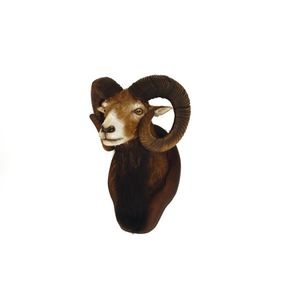18th Century Portuguese Colonial Coromandel Bureau
You must be a subscriber, and be logged in to view price and dealer details.
Subscribe Now to view actual auction price for this item
When you subscribe, you have the option of setting the currency in which to display prices to $Au, $US, $NZ or Stg.
- Calamander / Coromandel - Calamander wood, also known as coromandel wood or coromandel ebony, is a type of hardwood that comes from the Calamander tree (Diospyros quaesita), which is native to Sri Lanka, India, and Southeast Asia. The wood is known for its dark brown or black colour and its distinctive figuring, which can resemble a snakeskin pattern.
The wood is highly prized for its beauty and durability. It is often used in fine furniture making, particularly in the production of inlaid and marquetry work, as well as in the making of boxes, cabinets, and other decorative items. It is also used in the manufacture of flooring, paneling and other architectural applications.
Calamander wood is a very hard and heavy wood, it has a density of around 1.04 g/cm3. Its density and high natural oil content make it resistant to decay and insects, which is why it is a popular choice for outdoor furniture, flooring and other decorative items.
The wood is also used for turning and carving, but is difficult to work due to its high density and interlocking grain. However, it takes a high natural polish and has a beautiful lustre, which is why it is so sought after.
Due to the high demand and over-exploitation of the natural resources, the calamander tree is now a protected species, and the harvesting and export of the wood is heavily regulated. - Bronze - An alloy of copper and tin, traditionally in the proportions of about 9 parts of copper to 1 part of tin.
The discovery of bronze in Western Asia in the 4th century enabled people to create metal objects which were superior to those previoulsy possible because of its strength and hardness, and it has been used throughout the world for weapons, coins, tools, statuary and other decorative items.
It is very fluid in a molten state, and its hardness, strength when set, and non-corrosive properties makes it most suitable for casting sculpture.
This item has been included into following indexes:
Visually similar items

Bulova Accutron, rare Space view watch 1975, cushion case chapter ring, space view 7396 with integrated 14Kt gold bracelet, in good working condition, complete with original box

A good taxidermy shoulder mount mouflon, a sub-species group of wild sheep, dark red/brown coat with long hair to the throat and chest area, this mature ram with ridged horns curved almost in one full revolution, glass eyes, shaped oak wall mounting backin

A diamond set pendant, 18ct white gold, modern in design with an illusion claw setting, designed to create the illusion of a single round stone, set with a central princess cut diamond, then framed by four marquise cut diamonds set end to end, totalling ap

Chippendale style mahogany elbow chair 19th century, maroon leather upholstery and stud work, height 93 cm
